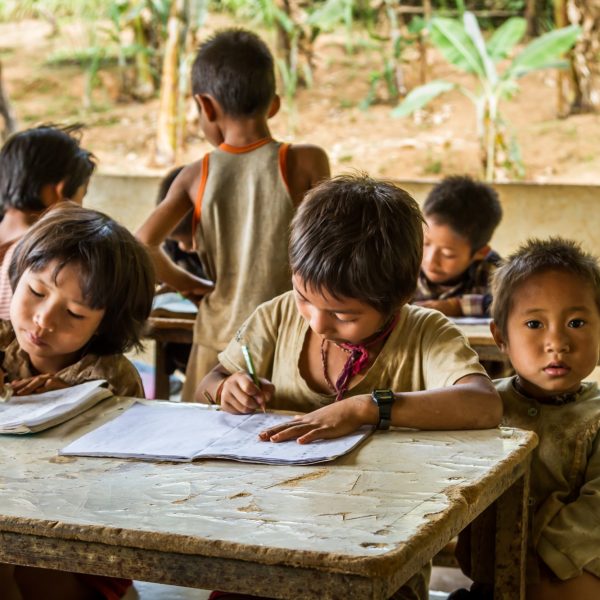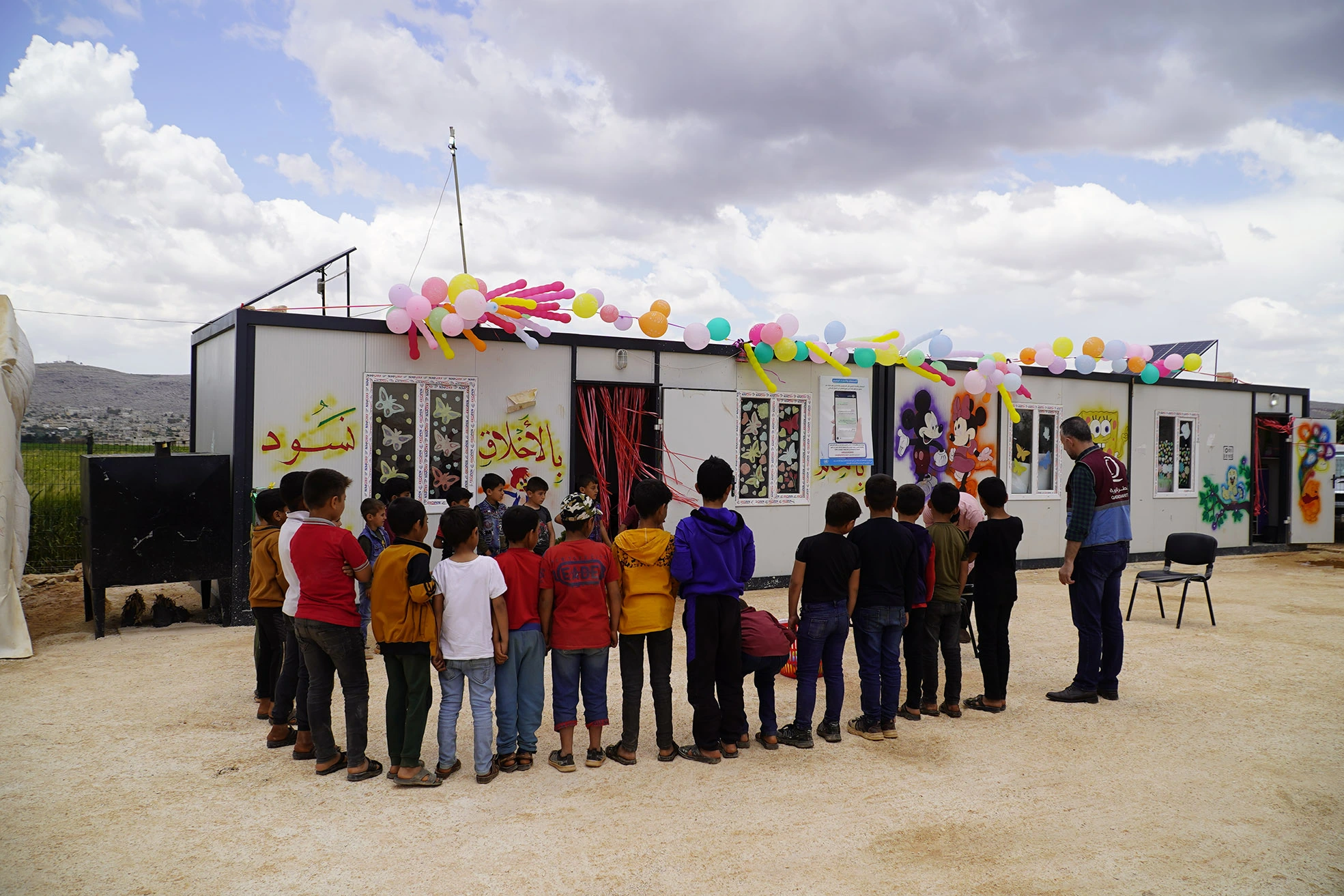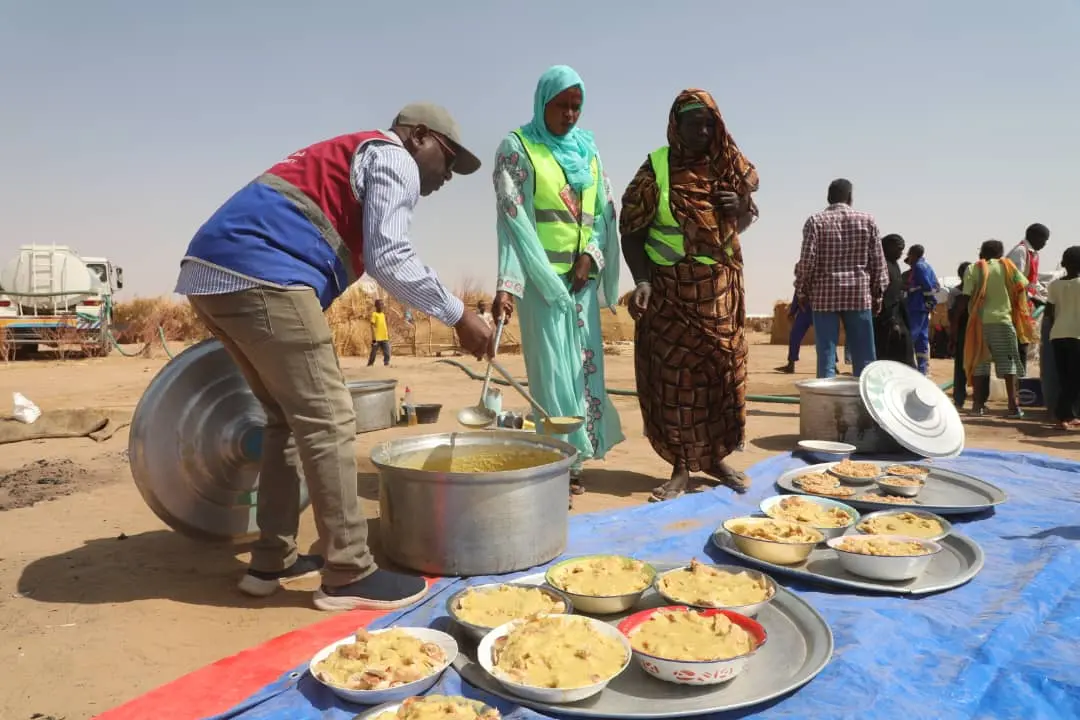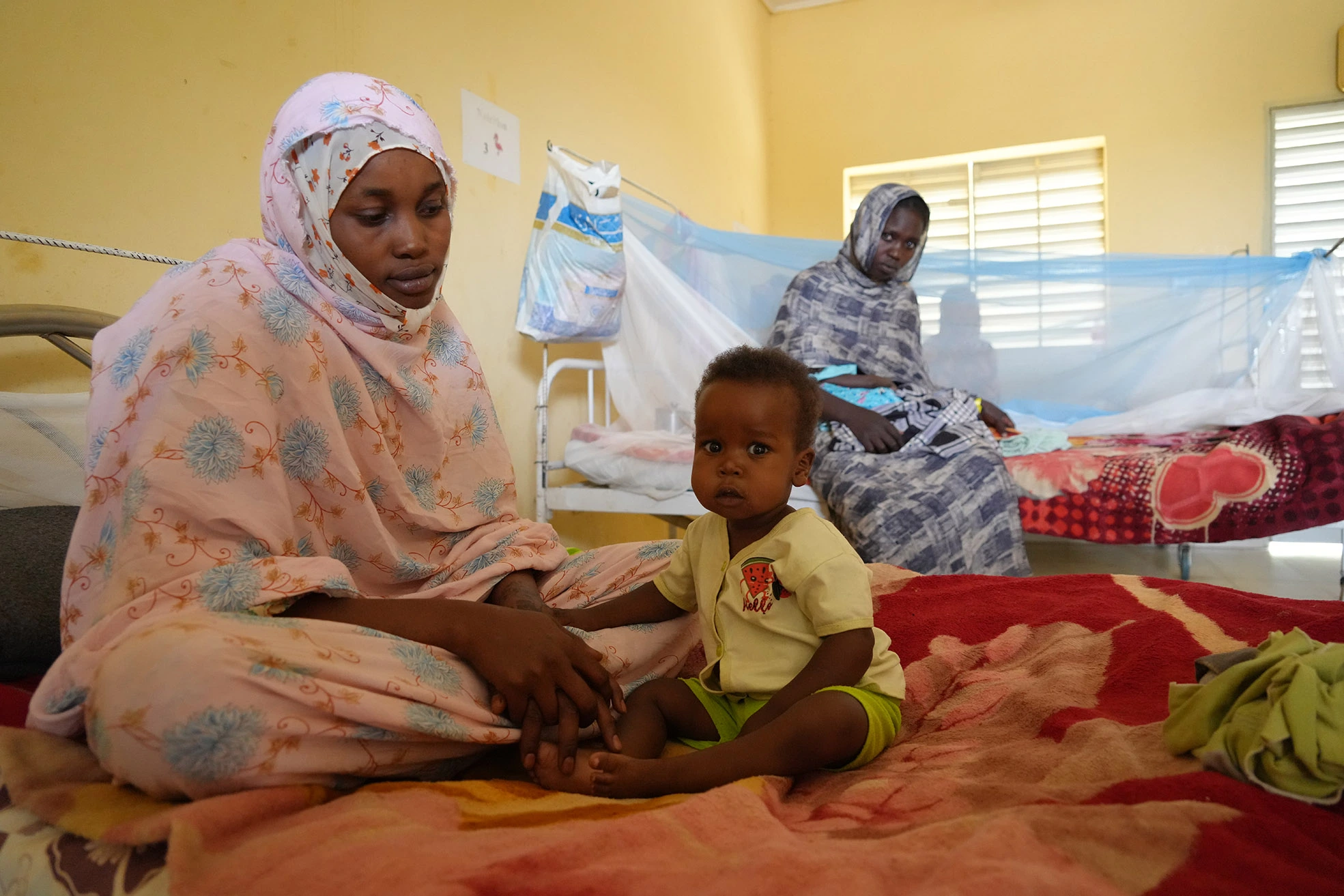The major drought events of the past century resulted in the tragic loss of over 10 million lives, in addition to causing several hundred billion USD in economic losses worldwide. Africa remains the most affected continent, with 44% of the global total. In recent years, the sub-Saharan African has experienced the dramatic consequences of climate disasters becoming more frequent and intense.
Table Of Contents
Climate change is expected to increase the risk of droughts in many vulnerable regions of the world, particularly those with rapid population growth, vulnerable populations and challenges with food and water security.
A report issued by the United Nations indicates an upward trajectory in the duration of droughts and the severity of impacts, not only affecting human societies but also the ecological systems upon which the survival of all life depends, including that of human species.
Mr. Ibrahim Thiaw, Executive Secretary of the United Nations Convention to Combat Desertification (UNCCD), says, “Humanity is “at a crossroads” when it comes to managing drought.” Since 2000, the number and duration of droughts has risen 29%.
2022 Drought in Number
The “Drought in Numbers” report, released by the UNCCD in May 2022, is an authoritative compendium of drought-related information and data. The report creates a compelling call to action. For example:
- From 1970 to 2019, weather, climate and water hazards accounted for 50 percent of all disasters and 45 percent of all reported deaths, especially in developing countries.
- Droughts account for 15% of natural hazard-related disasters, but took the largest human toll, approximately 650,000 deaths during 1970-2019.
- Since 2000, the number and duration of droughts has risen 29%.
- In 10 years (from 1998 to 2017), droughts caused global economic losses of roughly USD 124 billion.
- In 2022, more than 2.3 billion people faced water stress; almost 160 million children are exposed to severe and prolonged droughts.
- By 2030, an estimated 700 million people will be at risk of being displaced by drought.
- By 2040, an estimated one in four children will live in areas with extreme water shortages.
- By 2050, droughts may affect over three-quarters of the world’s population, and up to 216 million people could be forced to migrate by 2050, largely due to drought in combination with other factors including water scarcity, declining crop productivity, sea-level rise, and overpopulation.
Investing in Soil health
This can happen by engaging and mobilizing farmers, local communities, and various public and private institutions and entities within the community.
Mr. Thiaw says, “We need to steer toward the solutions.” He adds, “One of the best, most comprehensive solutions is land restoration, which addresses many of the underlying factors of degraded water cycles and the loss of soil fertility. We must build and rebuild our landscapes better, mimicking nature wherever possible and creating functional ecological systems.”
Needed as well:
- Sustainable and efficient agricultural management techniques that grow more food on less land and with less water
- Changes in our relationships with food, fodder and fiber, moving toward plant-based diets
- Supporting small-scale vegetable farmers in drought-prone provinces to adopt drip irrigation, increasing water use efficiency by up to 43% and yield by 8-15%
Proactive Rather Than Reactive Drought Management
This means that countries should not be satisfied with merely adopting reactive drought measures. Instead, they should adopt a proactive and risk-based drought management approaches involving coordination, communication, and cooperation. This includes:
- Development and implementation of integrated drought action plans
- Set up effective early-warning systems that work across boundaries
- Deployment of new technologies such as satellite monitoring and artificial intelligence to guide decisions with greater precision
- Regular monitoring and reporting to ensure continuous improvement
- Mobilize sustainable finance to improve drought resilience at the local level
Increasing Awareness about Drought Risks
This can be done by sharing proven, innovative international solutions to drought, and equipping people worldwide with tools to assess their current or potential future exposure to drought risk.
Mr. Thiaw underlined the importance of promoting public awareness about desertification and drought, and letting people know the problems can be effectively tackled “through ingenuity, commitment and solidarity.” He says, “We all must live up to our responsibility to ensure the health of present and future generations, wholeheartedly and without delay.”
UNCCD launched “Droughtland” public awareness initiative.







